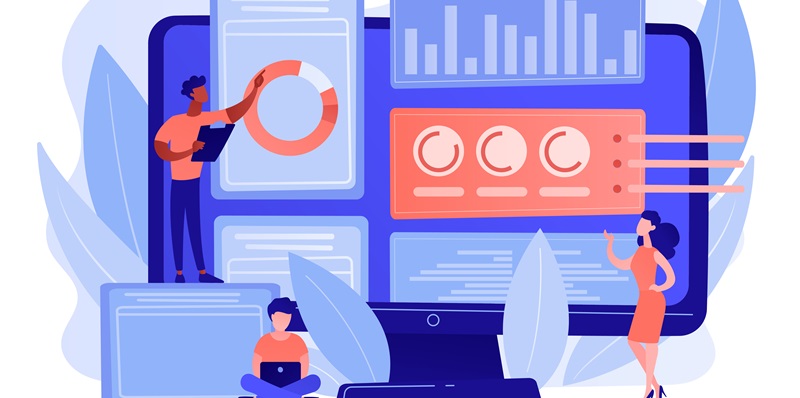Revolutionizing Customer Engagement with a Free Tier Offering
Blueshift stands tall in the marketing tech domain, having earned a prime spot in Gartner’s Magic Quadrant for Customer Data Platforms. This honor reflects its excellence in data management, an increasingly crucial area for businesses eager to leverage detailed first-party data for enhanced marketing efforts. As a quintessential tool, Blueshift offers real-time capabilities and ease of use, enabling marketers to deliver personalized, multichannel customer journeys.
Renowned brands like Sweetwater and the BBC utilize Blueshift to personalize campaigns through a unified view of customer data. This endorsement from the industry demonstrates Blueshift’s capability to address the pressing need for actionable customer insights, making it a go-to platform to refine user engagement. Its recognition by Gartner is a testament to its prowess in transforming data into marketing success, ensuring a tailor-made approach for every consumer.
Blueshift has pioneered the customer data platform (CDP) sector by launching a groundbreaking free tier plan, a first in the industry. This self-serve option allows businesses to effortlessly bring together customer profiles and initiate personalized engagement without incurring costs for fundamental features, thereby democratizing access to advanced CDP capabilities for a wider audience.
Recognized in Gartner’s Magic Quadrant, Blueshift’s AI-powered offerings and versatile data management solutions cater to a diverse range of marketing needs, solidifying its status in the market. This validation from a respected authority highlights the essential role CDPs play for modern marketers. With Blueshift’s innovative approach, companies are empowered to navigate the complexities of data-centric customer interaction with increased confidence and sophistication.

